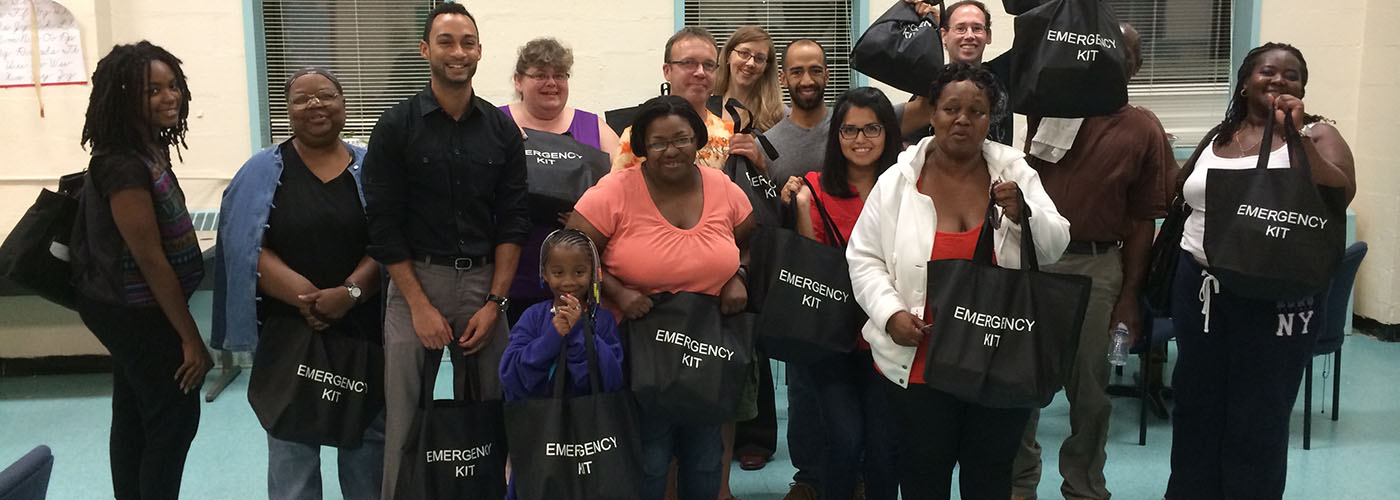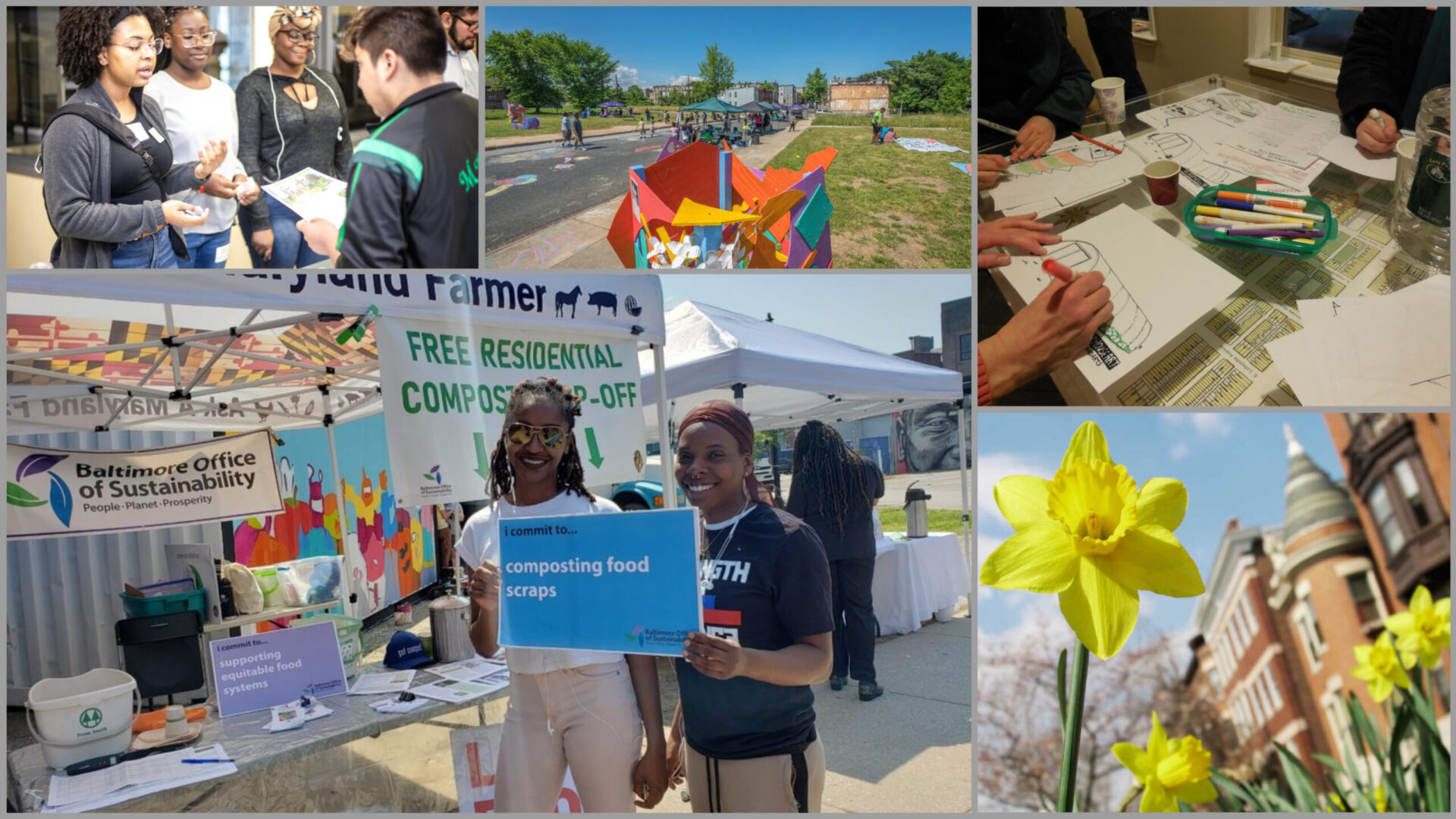
The City of Baltimore and the Office of Sustainability engage in outreach, planning, and collaborative efforts to ensure citizens are prepared in the event of an emergency situation or disaster. In 2013, the Office of Sustainability led the Disaster Preparedness and Planning Project (DP3), a unified approach to hazard mitigation and climate adaptation. The DP3 was updated in 2018 in order to address changes in the findings of climate science as well as changes in Baltimore’s climate change related risk.
Key resources for disaster planning for individuals, families or businesses can be found by following links below, or visiting the Mayor’s Office of Emergency Management Website. For more information and a full text plan of the Disaster Preparedness and Planning Project, visit the DP3 homepage.
Hazards
In order to determine the appropriate strategies and actions for climate adaptation and hazard mitigation, natural hazards which threaten the City had to be identified. In Baltimore, the following hazards pose a threat;
- Flooding
- Coastal Hazards
- Precipitation Variability
- Extreme Wind
- Extreme Heat
- Air Quality
For more specific information on hazards and planning efforts in the City of Baltimore, visit the DP3 homepage. Resources and links below provide the necessary tools to prepare yourself, your family, and your community for these hazards.
Key Resources for all Disaster Planning:
- Create an Emergency Plan
- Build Your Emergency Kit
- Print Emergency Contact Information For Baltimore City
- Identify Evacuation and Disaster Routes in Baltimore City
Resources for Individuals
- Baltimore City Health Department
- American Red Cross of Central Maryland
- Ready? Set? Good. Regional Preparedness Campaign
- Salvation Army
- BGE Special Needs Program
- Volunteer Central
- Maryland Emergency Management Agency
- Ready.gov
- Verizon Priority Restoration for Elderly or Medical Needs
Resources For Businesses
- Association of Contingency Planners
- U.S. Small Business Administration
- Mid-Atlantic Disaster Recovery Association
- Contingency Planning Exchange
- Disaster Recovery Institute
- Continuity Central
- NFPA 1600—Standard on Disaster/Emergency Management and Business Continuity Programs
- FEMA—Continuity of Operations (COOP)
- Maryland Emergency Management Agency
- U.S. Department of Homeland Security
- Disability Provider Plan Template
- Nursing Home Evacuation Template
National Weather Service Tide Height Monitor
The Baltimore/Washington National Weather Service Forecast Office provides forecasting of tidal waves at five critical sites in the region. These resources will include information about high tides and tidal anomalies, as well as Coastal Flood Advisory or Coastal Flood Watch/Warning events.
- Havre de Grace (Harford County)
- Baltimore Fort McHenry (Baltimore City)
- Annapolis Naval Academy (Anne Arundel County)
- Solomons Island (Calvert County)
- Straits Point / St. George Island (St. Mary’s County)

